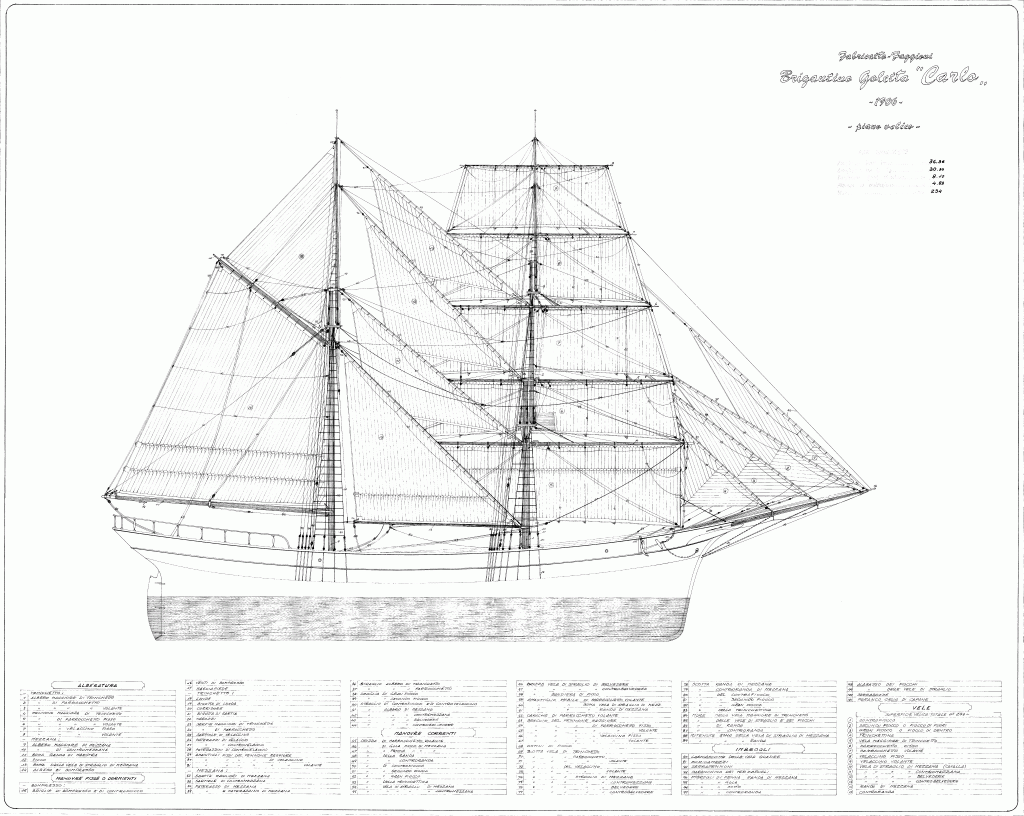Midwest Products' Chesapeake Bay Flattie
Plank-on-Bulkhead Model Ship Kit
Promises Ease of Construction
 |
| Midwest Products Chesapeake Bay Flattie kit. |
We decided to test this theory by making Midwest's Chesapeake Bay Flattie ship model kit our first on-line kit build. The simple lines of these boats that made them ideal for locals to build from locally-available lumber should also make this an ideal ship model kit or a person with no prior wood ship model building experience.
The biggest challenge of plank-on-bulkhead ship models is planking the hull, and because of the simple shape of these boats, this task is accomplished in this kit with a single plank on each of the sides, and two planks on the bottom.
The kit comes with well-executed die-cut and pre-cut parts, as well as fittings, rigging line, sail material, and a well-done set of instructions and building plans.
Click on the links below to visit each stage of construction:
Chesapeake Bay Flattie Kit: Introduction
Chesapeake Bay Flattie Kit: Chapter 1, Keel and Bulkhead assembly
Chesapeake Bay Flattie Kit: Chapter 2, Deck Assembly
Chesapeake Bay Flattie Kit: Chapter 3, Mast Steps and Bow Stiffeners
Chesapeake Bay Flattie Kit:Chapter 4: Keel and Chine Strips
Chesapeake Bay Flattie Kit:Chapter 5: Installing the Cabin
Chesapeake Bay Flattie Kit:Chapter 6: Planking the Hull
We have a lot more steps ahead of us, so keep checking back for updates!




